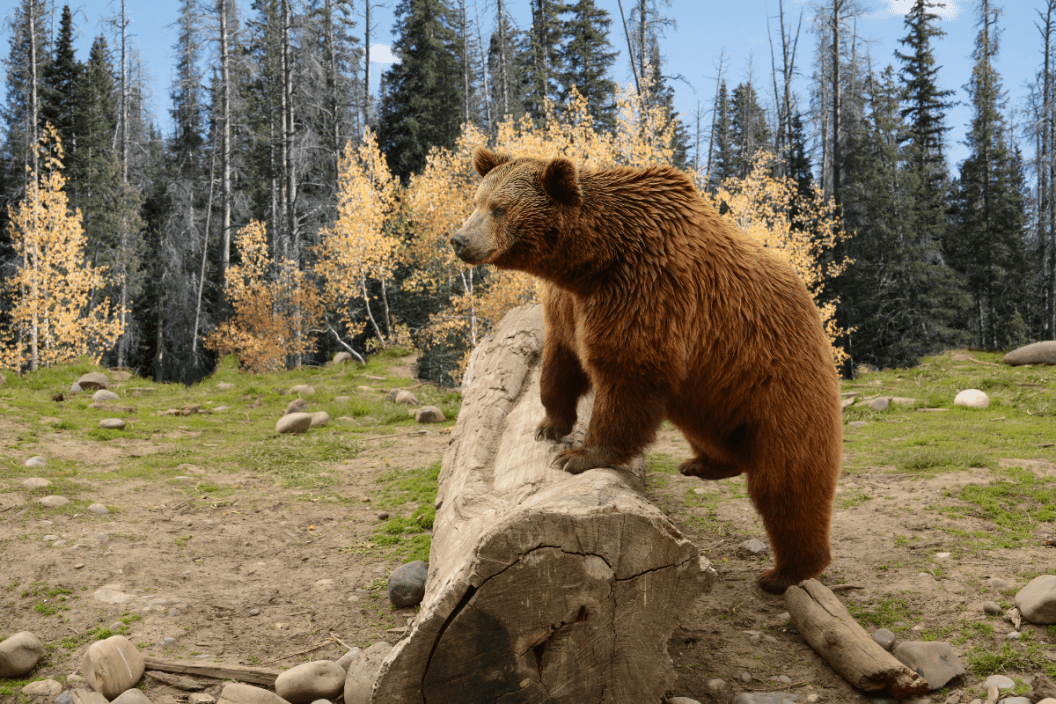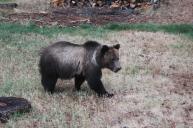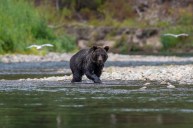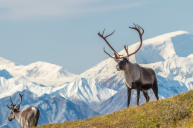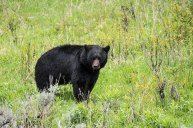The contentious grizzly bear hunting issue continues to boil, even in places as wild as the Yukon. In 1975, the Endangered Species Act designated most of the remaining grizzly bears in the lower 48 states as threatened. The one exception was in northwestern Montana, where the state was allowed a harvest of up to 25 bears annually. Hunters harvested three bears in 1991 when Montana conducted its last grizzly bear hunt. Fast forward to 2018, and it looked like grizzly bear hunts would return to Wyoming and Idaho after the U.S. Fish and Wildlife Service delisted them from the Greater Yellowstone Ecosystem. However, U.S. District Court Judge Dana Christensen put a two-week restraining order on the action, then restored previous protections.
If you want to hunt grizzly bears, Alaska, the Yukon, and the Northern Territory provinces of Canada are your options. British Columbia was another participating province, but they put the kibosh on grizzly bear hunting in 2017. All that is to say that it's not easy figuring out where to hunt grizzly bears. On the vast continent of North America, there are only a handful of areas where this particular game animal is legal to hunt. Now that you know where to hunt them legally let's talk about getting started on one of these hunts up north.
Hunting Grizzlies in Alaska

Mark Kostich via Getty Images
Decide which Alaskan brown bear subspecies you want to hunt. Alaska recognizes two. Kodiak brown bears of the Kodiak/Afognak Archipelago and grizzly bears. Grizzlies are brown bears inhabiting inland, northern, and Arctic areas of Alaska. Alaska offers general season and draw-only brown bear hunts for residents and non-residents. You'll want to decide early which brown bear subspecies you plan on hunting so you get your draw application in before the due date. You'll also need to decide on spring or fall hunts for brown bears. A springtime bear may give you tastier meat if you choose to salvage it (it is not a requirement unless it's a resident subsistence hunt). Fall brown bears will provide a thicker, more visually appealing coat.
Non-residents who are legal citizens of the U.S. must either use a licensed outfitter or a family member over the age of 19 that is a 2nd-degree relative (immediate family) and a resident. A licensed outfitter must accompany non-citizens. Make sure you start saving early because these hunts can rack up the costs for non-residents. Between airfare, guides, planes, boats, private land-use fees, taxidermy fees, the non-resident license, and the tag fee, it could cost you nearly a year's worth of wages. Guide fees alone can be $10,000 to $22,000. Put together a gear list; it's easy to forget an essential piece of gear while preparing for a hunt like this. Practice heavily with your rifle or bow, so you don't panic and miss when the critical moment comes. For more info and regulations on Kodiak brown bear and grizzly bear hunts, go to the Alaska Department of Fish and Game.
Hunting Grizzlies in the Yukon
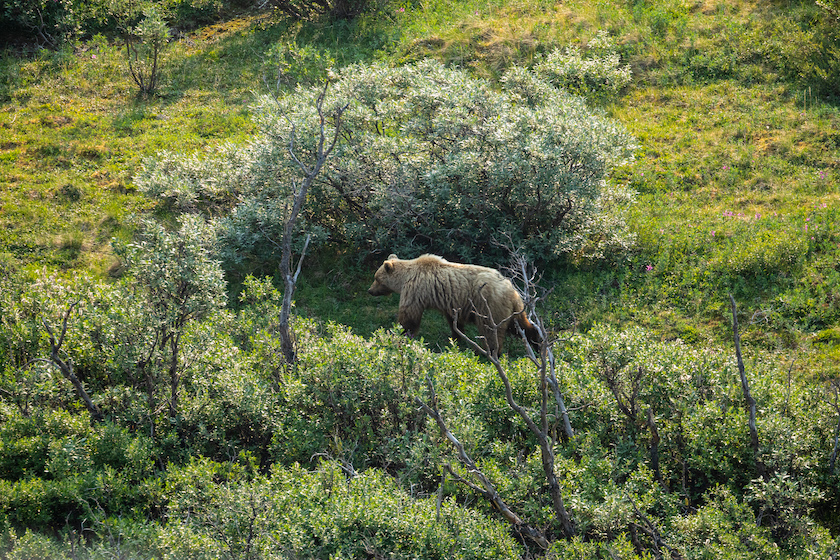
heckepics via Getty Images
Ah, the Yukon. A vast sportsmen's paradise of epic proportions. The bear populations are alright, too. Unlike Alaska hunters, non-resident hunters must use a licensed outfitter when hunting the Yukon. You can hunt grizzly bears with rifles, muzzleloaders, shotguns with slugs, and archery equipment. Hunters don't have to salvage the meat. The Yukon offers general season bear tags for grizzlies. While you can hunt sows or boars, the wildlife department suggests the take of males. Hunters are required to pay a "harvest fee" before leaving the Yukon. It is illegal to shoot a denning bear or sow with cubs. Harvest fees run close to $500 for boars and $750 for females. You will likely end up paying your hunting guide service a trophy fee. These fees can run from $5,000 to $10,500. Check out the Yukon hunting regs for information.
Hunting Grizzlies in the Northwest Territories (NWT)
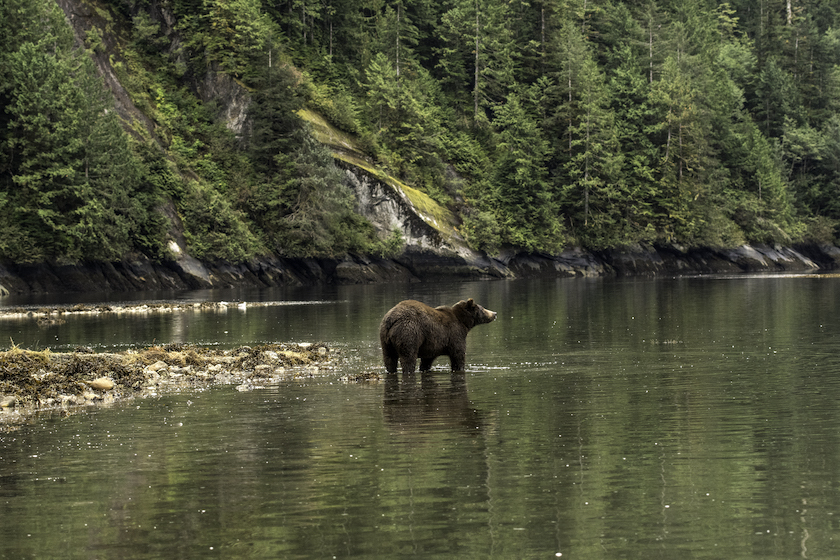
Bobbushphoto via Getty Images
Grizzly hunts in the tundra of the Northwest Territories in Canada are in general season. There are specific units that non-residents and non-resident aliens can hunt, and these hunters are restricted to those units. Non-resident and non-resident alien hunters must use a licensed guide service and typically hunt out of spike camps. Because of the cost involved in flying hunters back and forth to base camp, hunters "spike out" until the end of their hunt. Outfitters in the NWT often suggest obtaining small game and furbearer species permits, such as wolverine or Arctic wolf, since habitats overlap. Hunt dates for these units in 2022 are August 31 - October 31 and April 15 - May 31 for some of the units, and September 1 - May 31 for others. The bag limit for these units is any number of bears not with cubs or denning. Regulations for Northwest Territory hunting can be found here.
Exporting any part of your quarry from anywhere in Canada requires a CITES permit. The Convention on International Trade in Endangered Species of Wild Fauna and Flora (CITES) regulates the import and export of listed plants and wildlife, including big game. The permit is free but does have an application processing fee. It is also encouraged to apply early, as CITES permits can take up to 80 days to arrive. Make sure your fitness is on par with the terrain your hunting trip encounters. Pay attention to timelines for applications you'll need to put in. There are many moving parts for a hunt of this type, and the logistics can get overwhelming. Plan well in advance!
This article was originally published on May 31, 2021.
